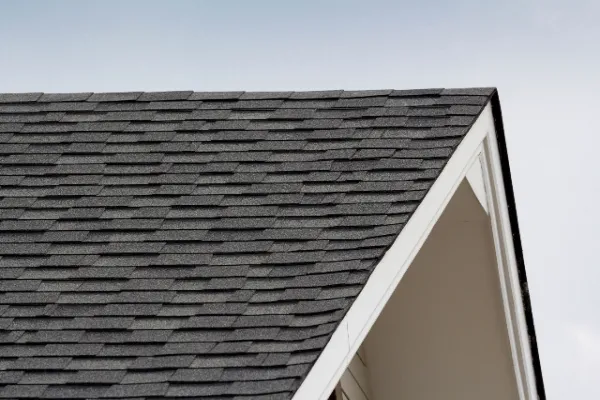Little Rock, Arkansas is known for its stunning architecture and iconic roof designs. From the capitol building to the many historic homes around the city, Little Rock has a unique style all its own. We covered this when we wrote about Little Rock roofing companies. The city is home to a variety of architectural styles, from Victorian to modern, and a mix of roof designs from gables to gambrels. Each design has a special story to tell, from the grandeur of the 19th century to the modern convenience of the present. In this article, we will explore the most iconic roof designs and architectural styles of Little Rock, Arkansas.
Exploring the History of Little Rock’s Most Iconic Roof Designs
Little Rock, Arkansas is renowned for its iconic architecture, with its vibrant skyline dotted with beautiful and unique roof designs. From the neoclassical-style roof of the Arkansas State Capitol to the iconic pyramid roof of the Robinson Center Performance Hall, the city’s roofs are both aesthetically pleasing and historically significant. In this article, we will explore the history of Little Rock’s most iconic roof designs and how they have shaped the city’s architecture. The Arkansas State Capitol is one of the most iconic roof designs in Little Rock. Built in 1915, the dome-shaped roof was designed in the neoclassical style and features a copper cupola at the top. The building is made of Indiana limestone and includes a grand staircase, two wings, and a central rotunda.
The building is a symbol of Arkansas’ political history and stands as an example of neoclassical architecture. The Robinson Center Performance Hall is another iconic roof design in Little Rock. Built in 1939, the building features a unique pyramid-shaped roof that is both aesthetically pleasing and acoustically sound. The building is used for a variety of events, including musical performances, ballet recitals, and lectures. The pyramid roof is made of concrete and is held up by steel trusses. The William J. Clinton Presidential Library is also home to a memorable roof design. The building’s roof is composed of two intersecting arcs that are held up by steel trusses.
The roof is designed to evoke the feeling of an airplane hangar and serves to emphasize the importance of the library’s collection. Finally, the Old State House in Little Rock is home to a unique and captivating roof design. Built in 1833, the building features a two-story gabled roof covered in copper shingles. The building was designed in the Greek Revival style and is considered to be one of the finest examples of 19th century architecture in the state. These iconic roof designs are an integral part of Little Rock’s architectural history. They are symbols of the city’s past and present and serve to remind us of the importance of preserving our architectural heritage. Whether you are a visitor looking to take in the sights or a resident looking to explore the city’s history, these iconic roof designs will be sure to captivate.
The Influences of Local Architectural Styles on Little Rock’s Roof Designs
Little Rock, Arkansas is a city with a unique architectural landscape, shaped by its cultural history. Its roof designs have been influenced by a variety of local architectural styles, both past and present. The most prominent influence on Little Rock’s roof designs is the French Colonial style. This style, which originated in the late eighteenth century, is known for its steeply pitched roofs. These roofs are often made of wood shakes and are designed to help keep the homes cool in the hot Arkansas summers.
This style is also characterized by dormers, which are windows that protrude from the roofline. The French Colonial style is still evident in some of Little Rock’s oldest neighborhoods, such as Hillcrest and Allsopp Park. The Craftsman style has also had a significant impact on Little Rock’s roof designs. This style, which originated in the early twentieth century, is characterized by low-pitched roofs and wide overhangs. These roofs are often made of asphalt shingles, which are designed to be durable and long-lasting. This style is popular in Little Rock’s newer neighborhoods, such as Park Hill and Midtown.
The Ranch style is another architectural style that has had an effect on Little Rock’s roof designs. This style, which originated in the 1940s, is characterized by low-pitched roofs and a single story floor plan. These roofs are often made of metal, such as steel or aluminum, which is designed to be durable and low-maintenance. This style is popular in Little Rock’s suburban neighborhoods, such as West Little Rock and Chenal Valley. Finally, the Modern style has also influenced Little Rock’s roof designs. This style, which originated in the 1950s, is characterized by flat roofs and large windows. These roofs are often made of concrete or rubber, which is designed to be energy-efficient and low-maintenance.
This style is popular in Little Rock’s more contemporary neighborhoods, such as Downtown and Riverdale. In conclusion, Little Rock’s roof designs have been heavily influenced by a variety of local architectural styles. From the classic French Colonial style to the contemporary Modern style, these influences have shaped the city’s unique architectural landscape.

